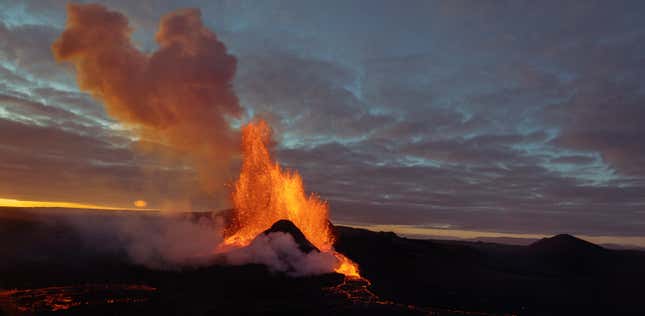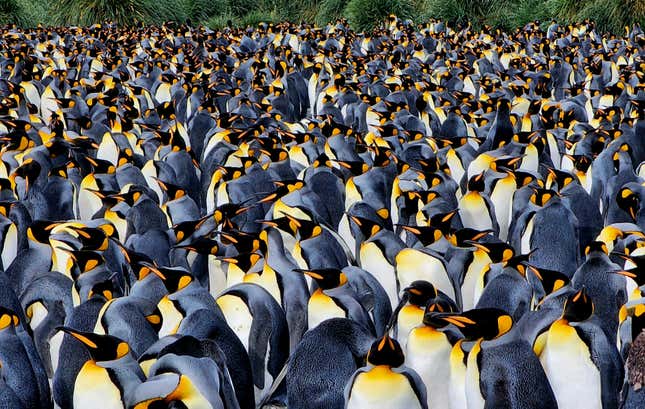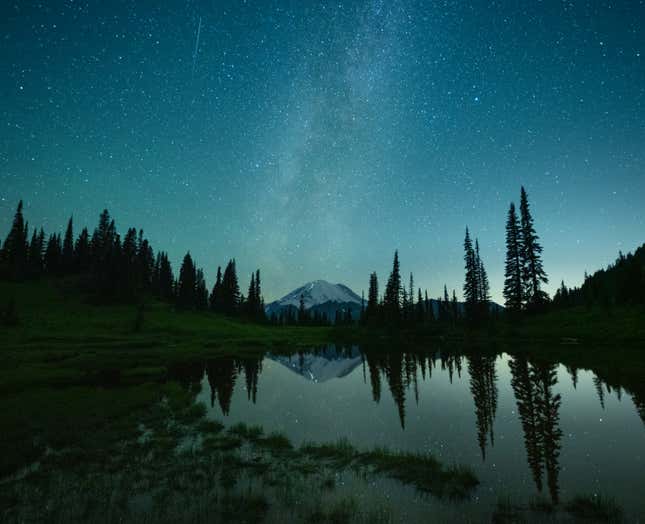
An Icelandic volcano sends molten rock into the air. An owl silently snares its prey. The glow from mountain climbers’ headlamps travels miles across the wilderness on a starlit night. Bald eagles spat for a perch amid Alaska’s salmon season.
I can describe the scenes in words, but I promise the photos are better.
These moments and more, captured on camera, have won the recognition of National Geographic in its first annual “Pictures of the Year” contest. The outlet announced the results of the photo competition on Friday, and the selected images are a stunning collection of Earth’s wonders— grand and small.
Out of nearly 5,000 photo submissions taken within the past two years, a panel of NatGeo’s editors selected one grand prize winner and nine additional honorable mentions. Though the magazine has many different photo contests, 2022 was the inaugural year of the outlet’s Pictures of the Year, a competition specifically for aspiring photographers to showcase their skills in four different categories: nature, people, places, and animals.
Click through to see some of Gizmodo’s favorite shots and the grand prize-winning photo.
To see the full gallery of winners, visit natgeo.com/PhotoContestWinner.







